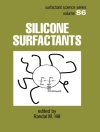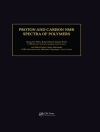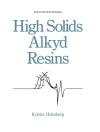This book focuses on a particular class of models (namely Multi-Mechanism models) and their applications to extensive experimental data base related to different kind of materials. These models (i) are able to describe the main mechanical effects in plasticity, creep, creep/plasticity interaction, ratcheting extra-hardening under non-proportional loading (ii) provide local information (such us local stress/strain fields, damage, ….). A particular attention is paid to the identification process of material parameters. Moreover, finite element implementation of the Multi-Mechanism models is detailed.
Cuprins
Introduction
State of the art of the multi-mechanism models
Part I : Theory
Thermodynamical framework
State variables, free energy, plastic potentials, criteria, evolution rules, including thermodynamical consistency
Model with various mechanisms and one criterion
Model with various mechanisms and various criteria
Part II: Model application
Typical stress/strain responses
Creep, plasticity/creep interaction, rate sensitivity, ratcheting, extra hardening under non proportional loading, anisotropy
Damage in multi-mechanism models, continuum damage mechanics theory, Gurson approach
Comparison with experimental data bases (Carbon steel CS1026, Austenitic stainless steel 304 and 316 for a large temperature range, Austenitic stainless steel 304, Inconel 718, N18, 2000 series Al alloy, 35NCD16, Semi-crystalline polymers, Zirconium alloy, 55Ni Cr Mo V7, Mortar rubber aggregate).
Part III: Finite Element implementation
Numerical integration
Finite element simulation
Despre autor
Georges CAILLETAUD, MINES Paris Tech, France Lakhdar TALEB, INSA Rouen, France Kacem SAI, ENIS Sfax, France












